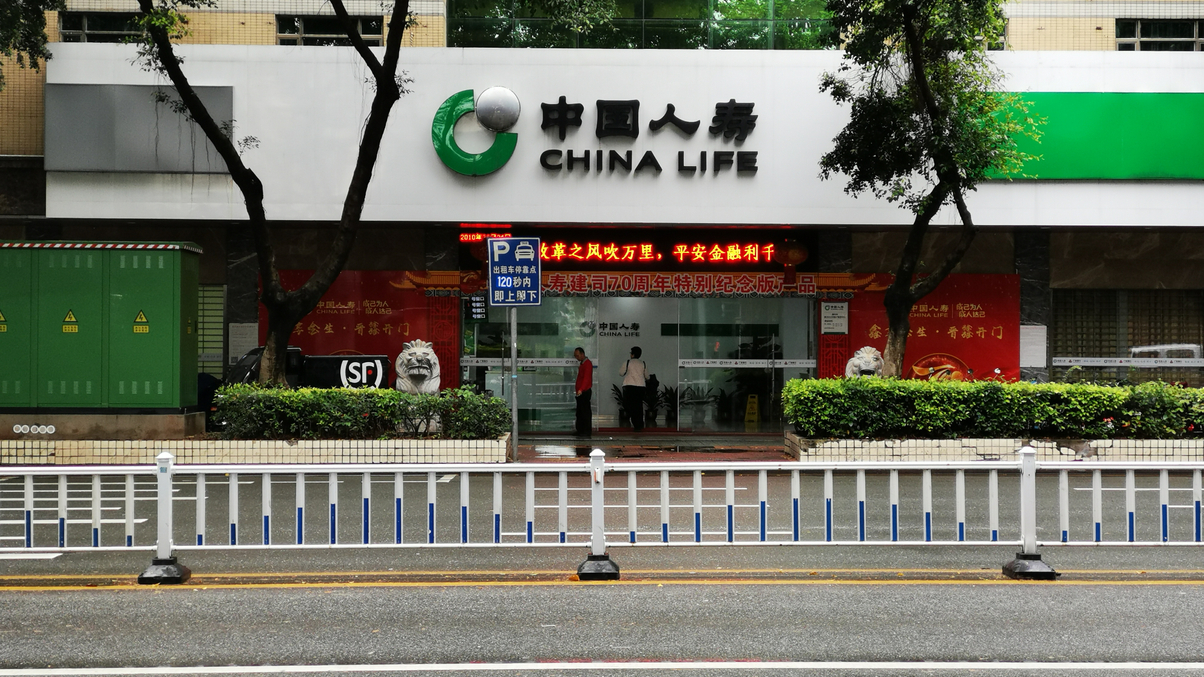China Life to outsource more assets after profit slump
The largest lifer in China will entrust more assets to external managers while strengthening its performance review processes after net profit plummeted last year.

China Life will farm out more money to third-party managers to improve its investment yield after posting a severe drop in its earnings.
Sign in to read on!
Registered users get 2 free articles in 30 days.
Subscribers have full unlimited access to AsianInvestor
Not signed up? New users get 2 free articles per month, plus a 7-day unlimited free trial.
¬ Haymarket Media Limited. All rights reserved.


